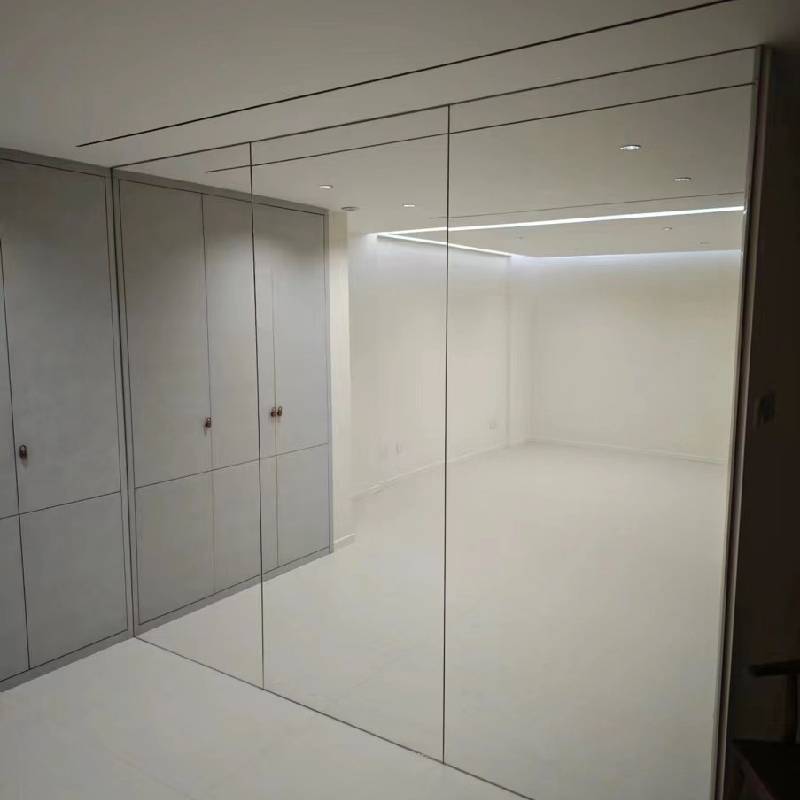

The Benefits and Applications of Tempered Safety Glass
Tempered safety glass, commonly referred to as tempered glass, is a type of glass that has been strengthened through a thermal process. This innovation in glass technology offers numerous benefits, making it a popular choice for various applications in architecture, automotive, and interior design. Understanding its properties and advantages can help consumers make informed decisions about using tempered glass in their projects.
What is Tempered Safety Glass?
Tempered glass is produced by heating ordinary glass to a temperature of around 620 degrees Celsius (approximately 1,148 degrees Fahrenheit) and then rapidly cooling it. This process creates compressive stresses on the surface of the glass, resulting in enhanced strength and durability compared to standard glass. As a result, tempered glass has a higher resistance to impact, thermal stress, and sudden temperature changes, making it a safer and more reliable option for many uses.
Safety Features
One of the primary advantages of tempered safety glass is its superior safety features. When broken, tempered glass shatters into small, blunt pieces instead of sharp shards, significantly reducing the risk of injury. This characteristic makes it an ideal choice for environments where safety is a critical concern, such as in commercial buildings, shower doors, glass partitions, and vehicles.
In addition to its inherent safety features, tempered glass can also withstand extreme weather conditions. It is less likely to crack or break under high winds and can endure exposure to fluctuating temperatures. This durability is essential for constructing facades, skylights, and other structural elements in buildings that are constantly exposed to the elements.

Versatile Applications
The versatility of tempered safety glass is another reason for its widespread use. In residential settings, it is often used for windows, doors, and glass railings. The aesthetic appeal of large glass panels allows for natural light to flood interiors, creating open and inviting spaces. In commercial buildings, tempered glass is used not only for structural applications but also in elevators, atriums, and storefronts where visibility and safety are important.
Moreover, the automotive industry heavily relies on tempered glass for the side and rear windows of vehicles. Its ability to withstand impacts means that it can protect passengers in the event of an accident while offering excellent visibility and sunlight protection.
Sustainability Considerations
In addition to its practical benefits, tempered safety glass is an environmentally friendly option. Glass is a recyclable material, and tempered glass can be reclaimed and repurposed, contributing to sustainability efforts. By choosing tempered glass, consumers can not only enjoy its functional benefits but also participate in eco-conscious building practices.
Conclusion
Tempered safety glass offers a unique blend of strength, safety, and versatility, making it an ideal material for a wide range of applications. From residential and commercial buildings to automobiles, its use can enhance both safety and design. As more architects and designers recognize the advantages of this innovative glass, it is likely to become even more prevalent in the years to come. Whether you're an architect, builder, or homeowner, understanding the benefits of tempered glass can help you make better choices for your projects, ensuring safety and aesthetics for all.